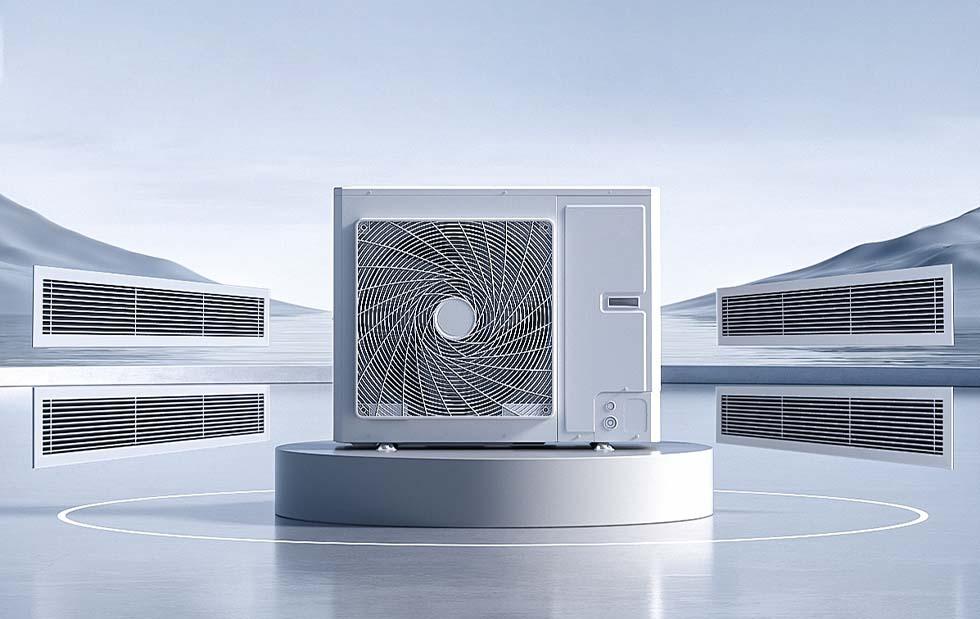
Last week, the refrigerant market continued its “reduced volume equilibrium” trend, with both domestic and international markets maintaining stable conditions. However, significant divergence emerged among different product categories. Due to varying paces of quota consumption across product types, active negotiations between buyers and sellers occurred at different factories and for different products. Actual transaction prices largely gravitated toward the upper end of the range, exhibiting a “structural price support” characteristic.
Core Operational Characteristics

Regional disparities are pronounced: Factories in the north and south adopt differentiated pricing strategies based on remaining quotas. Year-end price validity heavily depends on factory inventory levels and supply capacity, with the “pricing based on availability” characteristic becoming increasingly evident.
Demand-side recovery: Air conditioner manufacturers gradually restored production schedules in Q4, with domestic demand showing a “gradual upward trend.” In the export sector, earlier wait-and-see orders accelerated conversion, maintaining steady export demand.
Strengthened price support: Driven by dual demand from terminal applications like air conditioners, automobiles, and heat pumps, coupled with robust exports, buyers' market sentiment turned bullish. Year-end prices continued their upward trend at elevated levels.
Policy Outlook and Industry Impact
Notably, the 2026 HFC refrigerant product-specific quota policy is expected to undergo significant adjustments—with individual product quotas potentially rising by up to 30%. Should this policy be implemented, it could gradually alleviate the current structural supply-demand imbalance by increasing effective industry supply, thereby injecting new momentum for market equilibrium.
Conclusion
The current market exhibits a three-dimensional characteristic: short-term focus on supply and demand, medium-term focus on policy, and long-term focus on demand. In the short term, the peak production season for air conditioners in the fourth quarter and the conversion of export orders will continue to support demand. In the medium term, attention should be paid to the impact of the 2026 quota policy adjustment on the supply side. In the long term, the continuous expansion of end-use applications—such as thermal management for new energy vehicles and industrial heat pumps—will become the core drivers of industry growth.
Related articles
-
2025-10-17
Market Outlook: Year-End Refrigerant Market Analysis and Trend Forecast
News -
2025-10-06
Product Analysis: Fourth-Generation Refrigerant R515B (Solstice® N15)
News -
2025-09-12
Official Information: Interpretation of the Ministry of Ecology and Environment's 2026 ODS and HFCs Quota Plan and Analysis of Market Impacts
News




